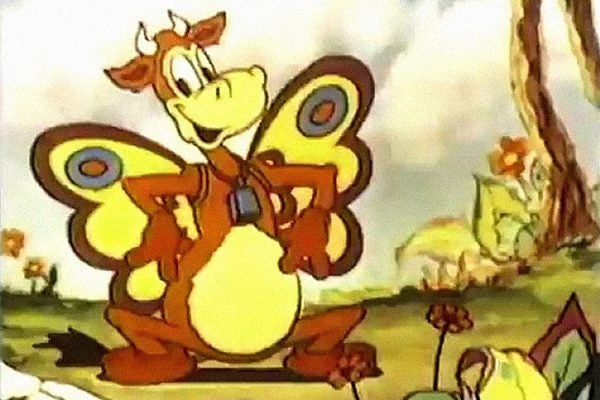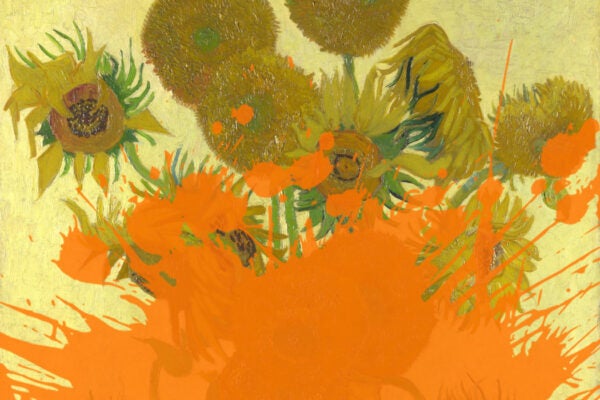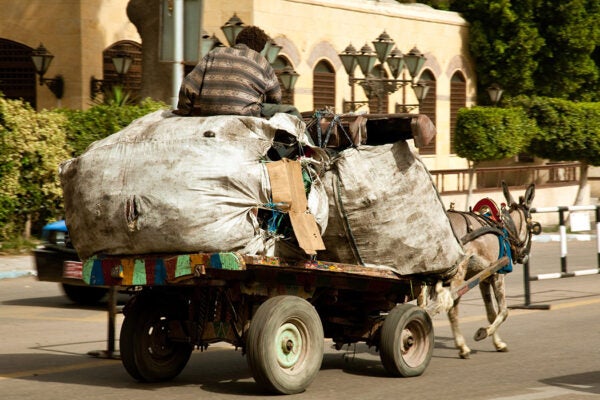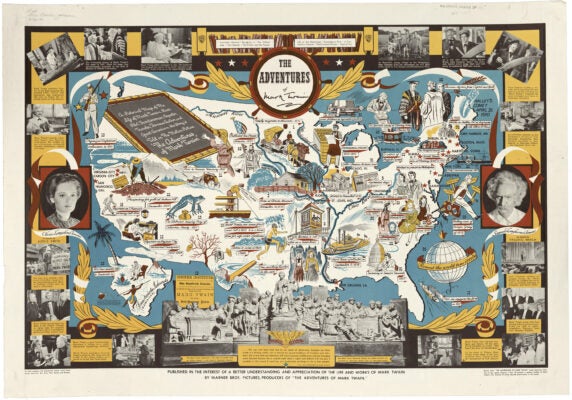The Pre-Captain Planet Eco-Heroes of Animation
Environmentally oriented films from the classical era of Hollywood animation delivered powerful messages about the negative consequences of technological progress.
Masterpiece Theater
Climate activist attacks on works by van Gogh, Vermeer, and other art world titans are the latest in a tradition of destruction that hearkens to the early Christian zealots.
Cairo’s Zabbaleen and Secret Life of Trash
In Egypt's capital, members of an impoverished Coptic population strengthen community ties while making a living as ragpickers.
Far From Folsom Prison: More to Music Inside
Johnny Cash wasn't the only superstar to play in prisons. Music, initially allowed as worship, came to be seen as a rockin' tool of rehabilitation.
Cannibalism, Climate Change, and Identical Twins
Well-researched stories from Slate, Aeon, and other great publications that bridge the gap between news and scholarship.
Peppers and Spice and Everything Nice
How humans have acquired, used, and assigned cultural value to spices, from sage to cinnamon, chili pepper to salt.
What is Fundamentalism?
Fundamentalism, which shifts the balance between authority structures and the indescribable divine, emerged after medieval society gave way to the modern.
Toxic Legacies of WWII: Pollution and Segregation
Wartime production led directly to environmental and social injustices, polluting land and bodies in ways that continue to shape public policy and race relations.
Origins of Child Protection
Legend has it that the campaign to save abused children in New York was driven by the Society for Prevention of Cruelty to Animals. The truth is more complicated.
Pictorial Maps of the United States
Explore US history with these maps of national parks, folklore, 1930s Greyhound bus routes, and more!









